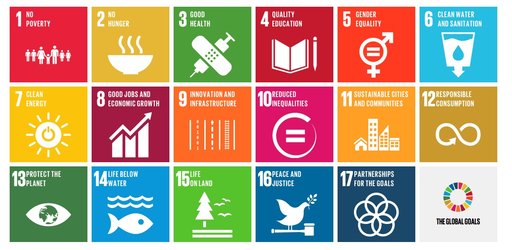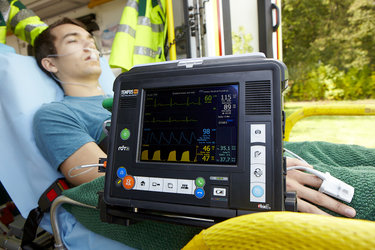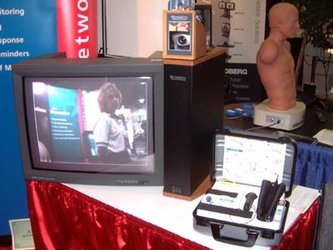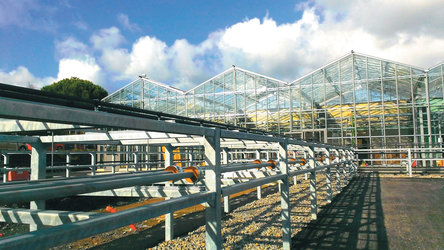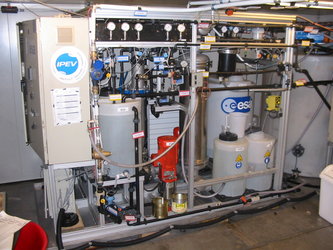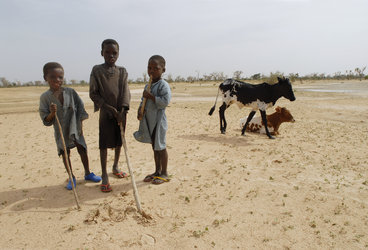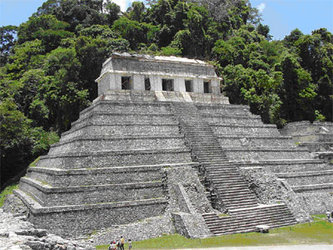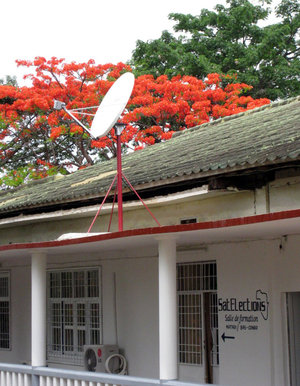Supporting local communities
Local people are generally best placed to solve socio-economic problems, to help improve local life conditions and generate opportunities based on their local insight. Therefore it is imperative to employ this local knowledge when dealing with issues such as long-term droughts, flood risks, epidemics and economic problems.
International partnerships in applied science that combine space technology and collected data for Earth applications are paramount to address root causes of migration, such as water management, sustainable food production, land-use changes, deforestation, conflict zones and so on. Many earth observation programmes are already in use to analyse changes between terrain types on a variety of different scales, from local and regional mapping up to a global characterisation.

The Alcantara project, for instance, provides access to partnership opportunities in ESA scientific and application programmes. The first ones to participate have been the Earth Observation programme, which has a long tradition of research partnerships e.g., through its TIGER initiative for water resource management, and the satellite navigation programme, that has the need to have research partners in regions of interest for the study of the propagation of the satellite signals (e.g. the equatorial regions).

Satellites can track land-use changes that often drive desertification – such as over-cultivation, ill-managed irrigation and deforestation – or threaten the integrity of wetland areas. Radar satellites such as ESA's ERS or Envisat spacecraft can not only differentiate between flooded and dry land, but also tell damp and arid soil apart, even deriving the moisture content of vegetation within wetlands or desert margins. Water management projects are invaluable for the sustainable production of clean water and water sanitation.

ESA health-related activities, such as tele-medicine, assisted diagnosis, epidemics monitoring, etc. have been shown to be valuable assets for Earth applications, also in remote areas. eLearning programmes are extremely important in terms of educating local communities, which in turn support their economic viability. Improving a region's infrastructure and global networking capabilities through satellite communication and remote banking, for instance, can also add to innovation and economic growth.
Technology developed for space applications has been proven to be very useful indeed for practical uses on Earth too. Thanks to the informal workshop on Space and Migration held at ESTEC, ESA's Technology centre in Noordwijk, the Netherlands, many more programmes have and will come to light where a synergy between space technology and Earth applications will improve life on our pale blue dot for a good many people.



